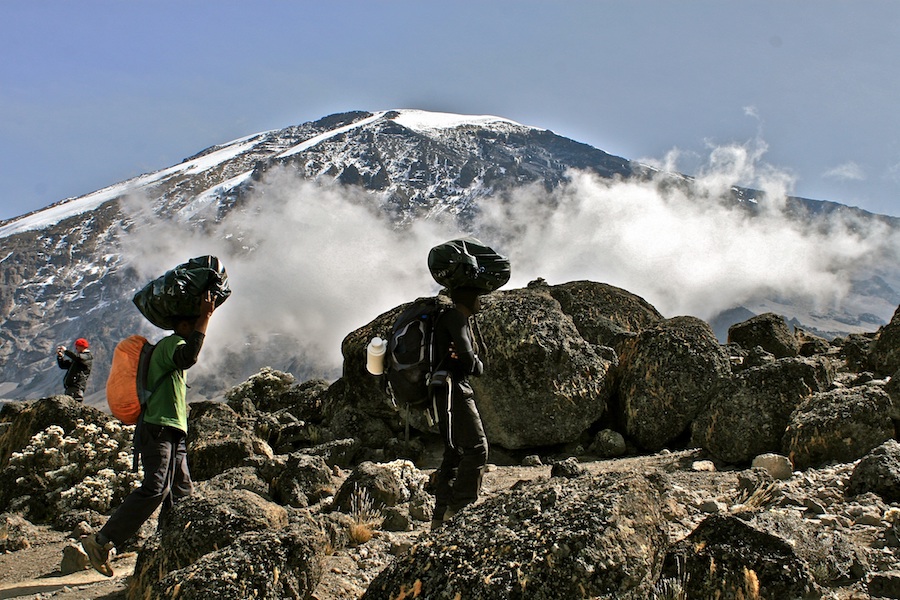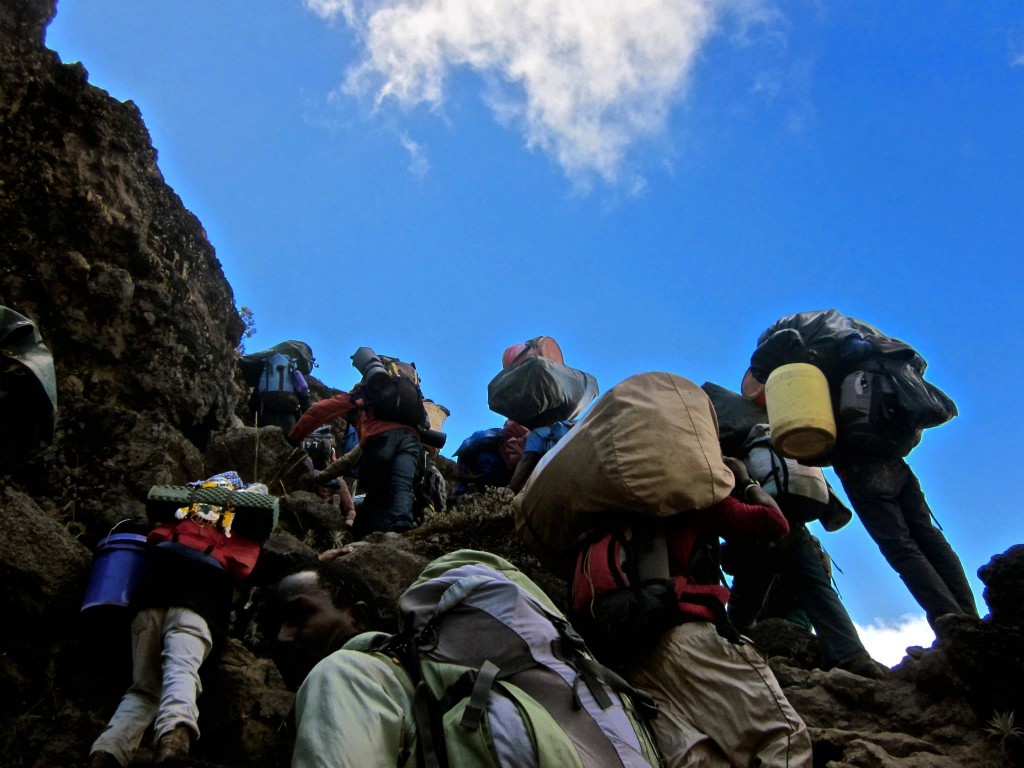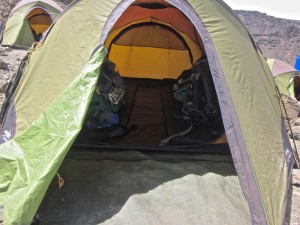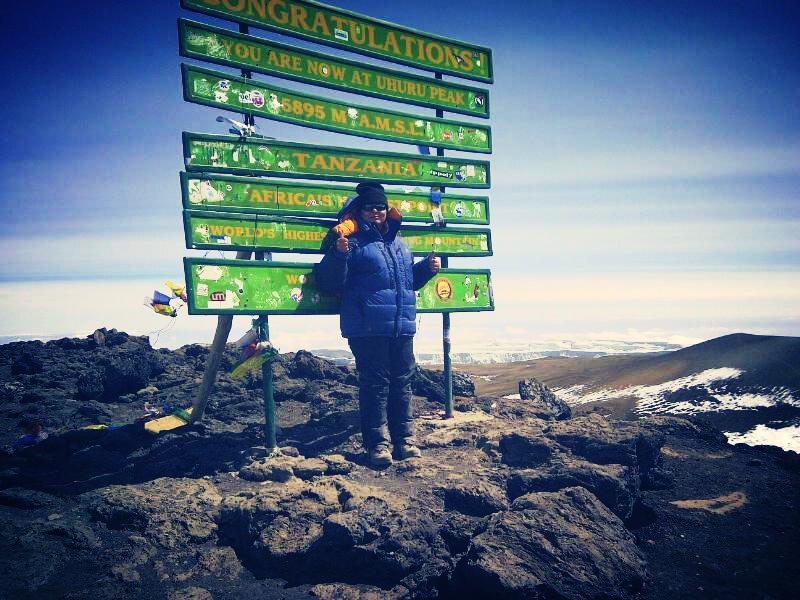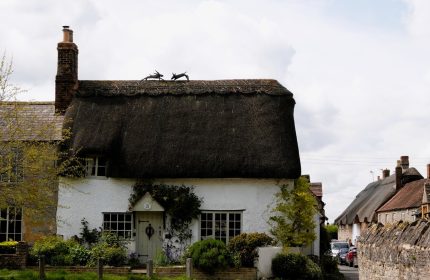Climbing Kilimanjaro at 50!
Is there ever a right time to embark on a dream?
I had a dream at the age of 27, when I was pregnant with my first daughter, to one day climb Kilimanjaro and stand on the Roof of Africa! I was working with some colleagues, about 6 years younger than myself, and a couple of them were about to head off on round the world adventures. I had another life adventure growing inside me, so I realised that my dream would have to be put on hold, but I made a promise to myself that one day it would come true.
Three daughters later, and my dream was on the back burner. The time never seemed to be right. Juggling the needs of my young family, running my own outside catering business and generally multi-tasking, my dream was out of sight but not out of mind. I did manage to squeeze in a bungee jump from Victoria Falls Bridge, another one in Queenstown, New Zealand and a quick tandem parachute jump to keep me going and to raise some money for my chosen charity, Comic Relief! My children were present for the latter two and were always enthusiastic about my thrill seeking escapades.
Reaching the age of 40, I had recently met up again with my old friend Jackie, who I had worked with back when I was 27. During our decade apart, she had also had some life adventures, appearing on the first reality TV show, Survivor, screened in 2001 and being the runner up, and in an interview with Cosmopolitan magazine, she too had confirmed her dream of climbing Kilimanjaro. So we agreed that we would make our joint dream into a single reality!
To cut a very long story short, timing was still not perfect for either of us, and it took another 10 years to actually be in a position to finally commit to each other and to The African Walking Company via Exodus, and actually book our trekking adventure.
So in my 50th year, 23 years later, I actually managed to make my dream come true. Jackie and I set off in mid-August 2013 on an 8 day trek via the Lemosho Route to the Roof of Africa. I had many sleepless nights beforehand; what if I didn’t make it? what if I had a heart attack and didn’t return? What if I wasn’t fit enough? What if the altitude (nearly 20,00 feet) got the better of me? I would liken my Kilimanjaro experience to childbirth … no one can tell you exactly what it is like, and until you experience it for yourself, you will never really know how you will cope until you do it.
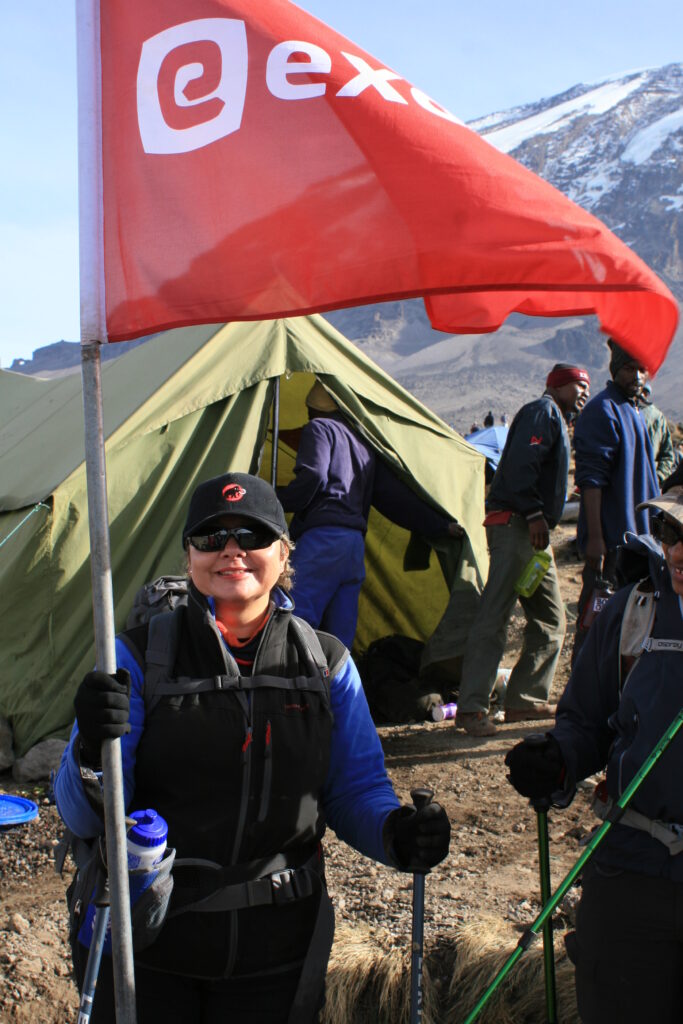
Ain’t no mountain high enough!
You are only allowed 15kg of total kit when you head off from the Londorossi Park Gate, which is where the trek began. When you include all essentials such as sleeping bag and mat, clothing in layers to keep you warm at -10C for body, head, hands and feet, waterproof clothing, down jacket, various wet wipes for various parts of your body, endless contingency medicines and anti-bacterial gel, energy snacks to keep you going for 8 days, water bottles, climbing poles, head torch, hand torch, it is very easy to pack too much. And I did! My pleading puppy eyes, which usually get me round most people, failed with the man who weighed my bag, and I had to choose what would come and what would not … so I left behind the latest novel by Khaled Hosseini, some surplus clothing, some luxury toiletries and some excess medicines, and had to put 2kg of excess kit into my already crammed and heavy day pack. My Clarins eau Dynamisante and fluffy bed socks, my only two luxury items, would not be jettisoned!
There were a total of 9 people in our walking group, 6 guides, plus 38 porters to carry our tents, water, cooking equipment and food for 8 days, tables and chairs, portable toilet. 38 porters sounds excessive, but each porter is only allowed to carry 20kg, on his head or whichever way he chose.
So we were delivered by 4 x 4 with our kit and day packs, to the start of the Lemosho Route, and for the next 8 days we were on a mission to safely reach the summit of Kilimanjaro and get back down in one piece. The last time I had experienced basic camping was when I was a Girl Guide. Since about the age of 14 I have washed my hair daily, showered at least once a day, always wear full make-up including nail varnish and generally take pride in my appearance. So here I was, heading off on my adventure, mentally prepared for no running water for the next week, no home comforts such as a bed or chair, no internet access all without my family, but on the basis I had been planning this trip in my head for 23 years, now was not the time to worry about these small issues!
Jackie and I had been training physically for about 3 months prior to leaving. We had been hill walking with our dogs most days, taking full advantage of the the very light evenings, plus some mountain biking towards the last few weeks, alternating with a bit of training on a rowing machine plus a weekly step and body conditioning exercise class. On the first day we met a chap who had previously completed 6 consecutive marathons in the Sahara Dessert which then made us question our own fitness and ability! We put our success down to total positive mental attitude, a cracking sense of humour, taking a slightly longer but slower route and the Diamox tablets (see Top Tips below).
We slept in a two man tent on very thin mats in sleeping bags. Each morning at 6am and evening at 5pm we were delivered a bowl of warm water from our porters, know as ‘Washy Washy’, complete with a cup of tea. We ate a cooked breakfast at 7am, had a picnic lunch most days, a stunning evening meal at 7pm, and then back to our sleeping bags by 8pm!
Each day was structured so that we acclimatised with the altitude slowly, and walked at a pace which was steady “pole pole” and even. This trek cannot be rushed! Some of our group found some days tougher than others, and even our fellow marathon man struggled (all the gear and no idea!) A couple of men who had previously climbed up to Base Camp Everest found it very easy. I was the second oldest in our group, and have to say I found the majority of the trek was well within my comfort zone, but summit night was a real challenge. Being woken up at 11pm and then having to trek at nearly 20,000 feet for about 20 hours was tough! The ground under foot in some sections was soft scree, a bit like walking in sand! The terrain wasn’t overly steep, but it was relentless and once you reached the summit, due to the effect of this altitude on your body, descending had to be rapid. It was during this rapid descent that I damage my big toe, which then caused my discomfort and slowed me down for the final descent.
I am delighted to say that my dream came true … I successfully sumitted my mountain at 50 years old!
MY TOP TEN TIPS:
- Travel with a friend who you know well and love. You spend a lot of time in close proximity, in extreme, tough conditions so a successful trek will be more likely if you are sharing the experience with someone you know very well.
- Pack a nail brush … you have no idea how grubby your finger nails get walking around in all that dust and touching your dirty kit all the time.
- Take a neck warmer, which you can spray with perfume, to raise over your nose and mouth in case you have to use a smelly (you can’t imagine how smelly!) long drop toilet. Although my secondary tip would be: avoid long drops at all cost and squat behind the long drop hut!
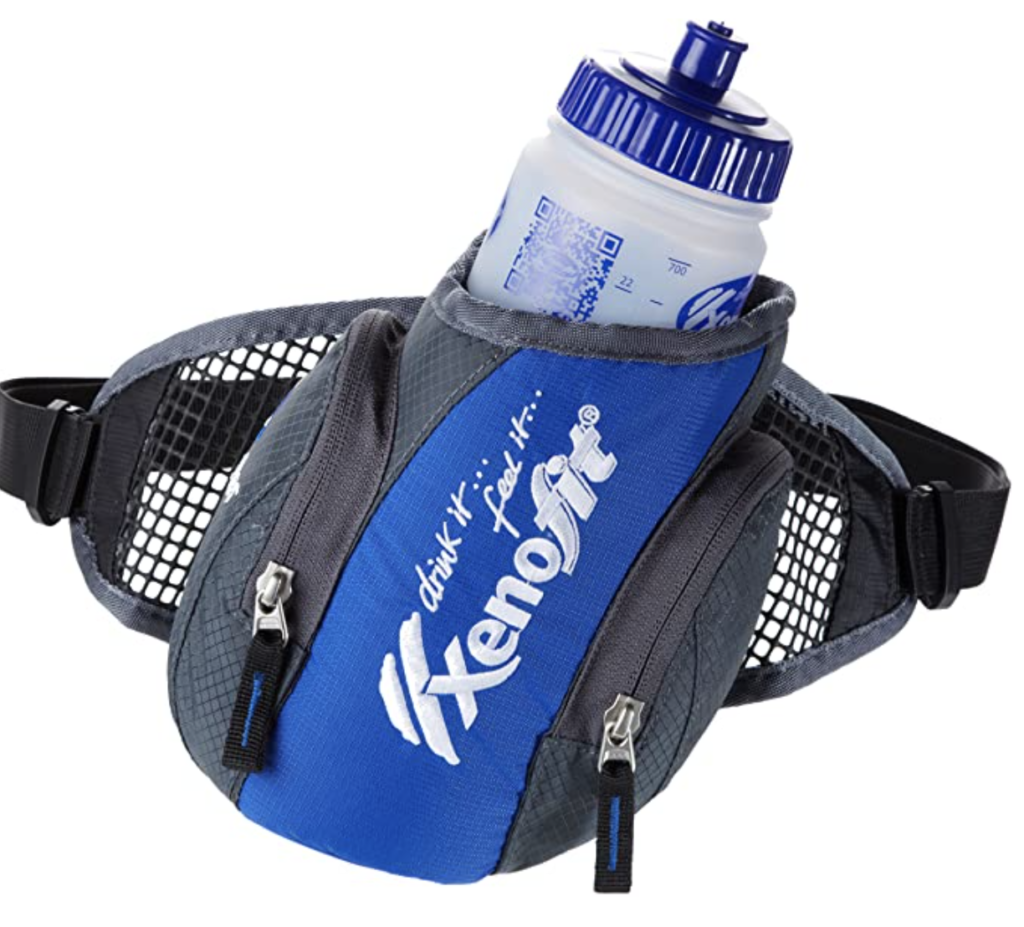
- Purchase a special belt which holds a water bottle in, to use for your daily water consumption. Then keep topping up this bottle from two nalgene bottles, which when filled with boiling water can double up as a hot water bottle on those freezing nights in your sleeping bag. Although at £12 the nalgene bottles are pricey they are extremely durable and maintain heat until the morning so well worth it! You need to carry between 3 – 4 iteres of water per day in your day pack. Most people who used a camelbak water system in our group experienced difficulties including leakage, not be able to see how much water was being consumed, and frozen tubes on summit night.
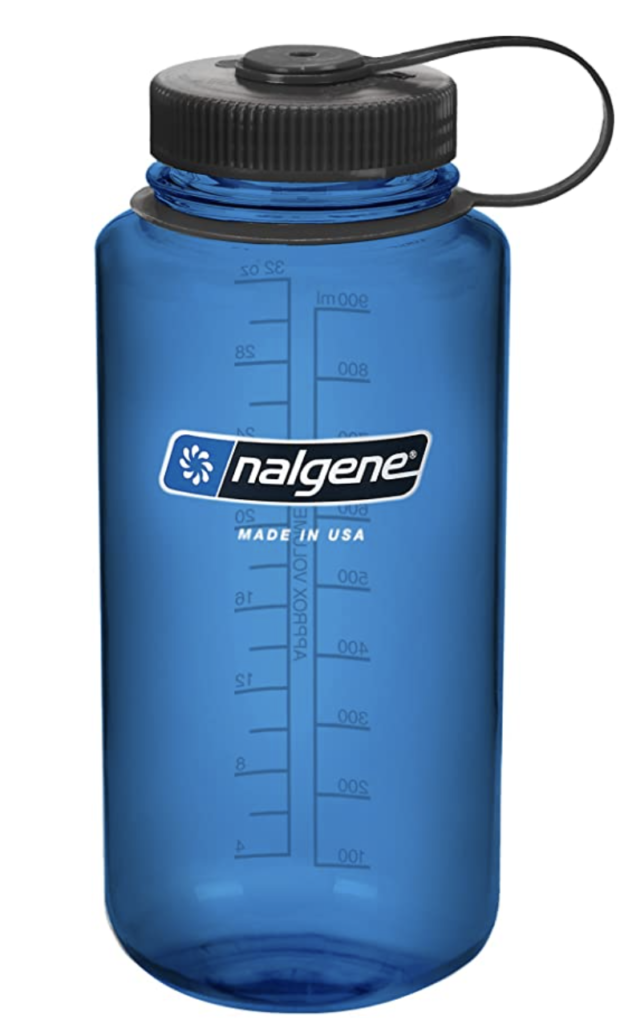
- Baby wipes and nappy sacks may make you feel like you should be taking a baby along, but they are essential for staying fresh and disposing of daily litter.
- It’s all about being extremely organised! When preparing and packing your kit, section clothing items and belongings in large ziplock bags. For example a bag for socks, a bag for underwear, a bag for medicines, a bag for snacks, a bag for toiletries etc. Having to be extremely organised in a small tent, and knowing where to find your kit, sometimes in the dark is made so much easier if you have a fail-proof system of storing your kit.
- Take a plastic jug, or similar, so that if you need to wee in the night, and don’t want the pa-lava of getting out of your tent, you can use this and leave it in the outer area until the morning!
- The use of Diamox prevented us from experiencing any symptoms of Mountain Sickness. For the whole trek we felt great! No headaches or sickness and we maintained our appetites which is essential for a successful summit. My tip would be do your own research, speak to your GP, make your own choice, but if you do decide to take the Diamox, start the day before you leave and just take half a dose (250mg) morning and night. Ask for 500mg tablets and not capsules as it is not possible to split a capsule in half.
- Make sure you have tasted and like the snacks that you pack. No good arriving with a load of purpose-made ‘trekking’ bars that taste dry and unappetising as there is nowhere to buy anything on the mountain! Also take something like Zero, a supplement including vitamin C and electrolytes, sodium, magnesium and potassium to flavour your water, and re-balance your body.
- Use poles! Even if you have never trekked with poles, which I hadn’t they were a lifesaver making climbing and balance so much easier. I was converted within one day!
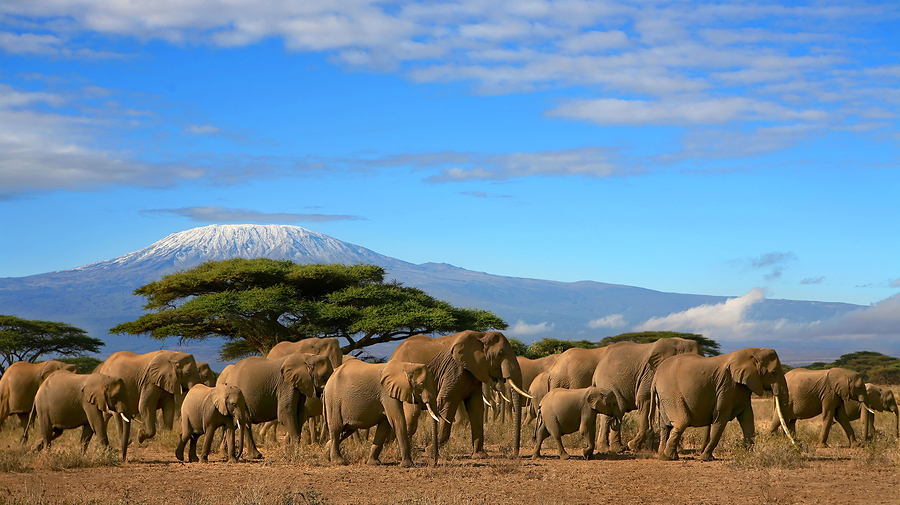
“Every mountain top is within reach if you just keep climbing.”
― Barry Finlay, Kilimanjaro and Beyond
Sally Lock
Latest posts by Sally Lock (see all)
- Seville Orange Marmalade Recipe - January 3, 2024
- Go on holiday for the day! - September 8, 2023
- Super Speedy Chocolate Chip Flapjack - September 27, 2022
- Watercress Soup …. Hot or Cold? - June 11, 2022
- Rich Chocolate Brownies with Dark Chocolate Chunks - November 20, 2020









